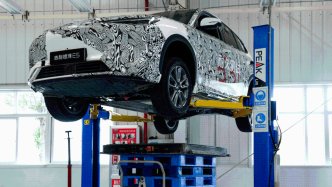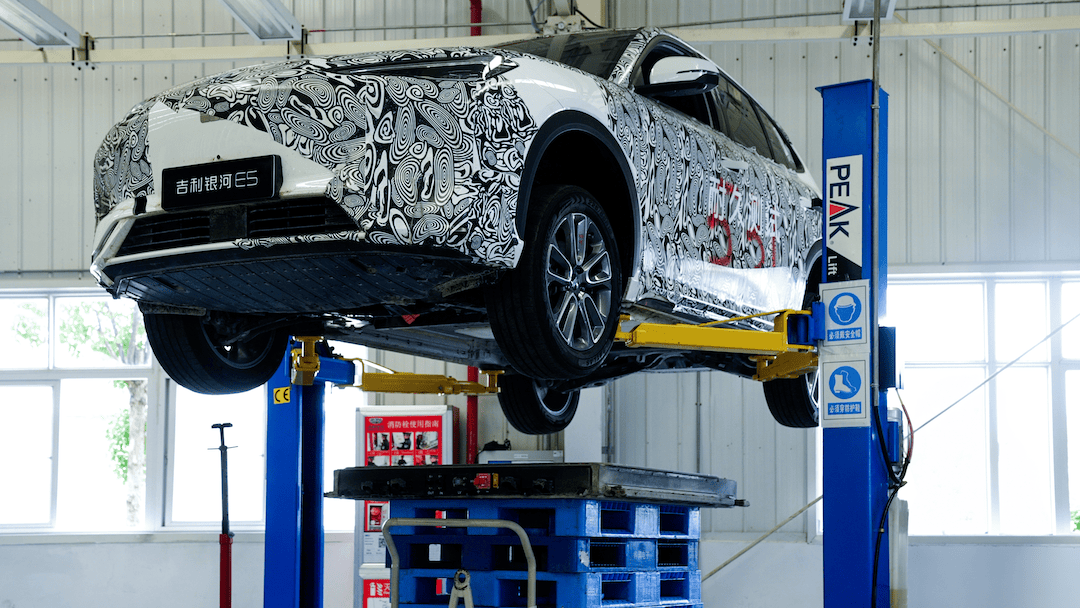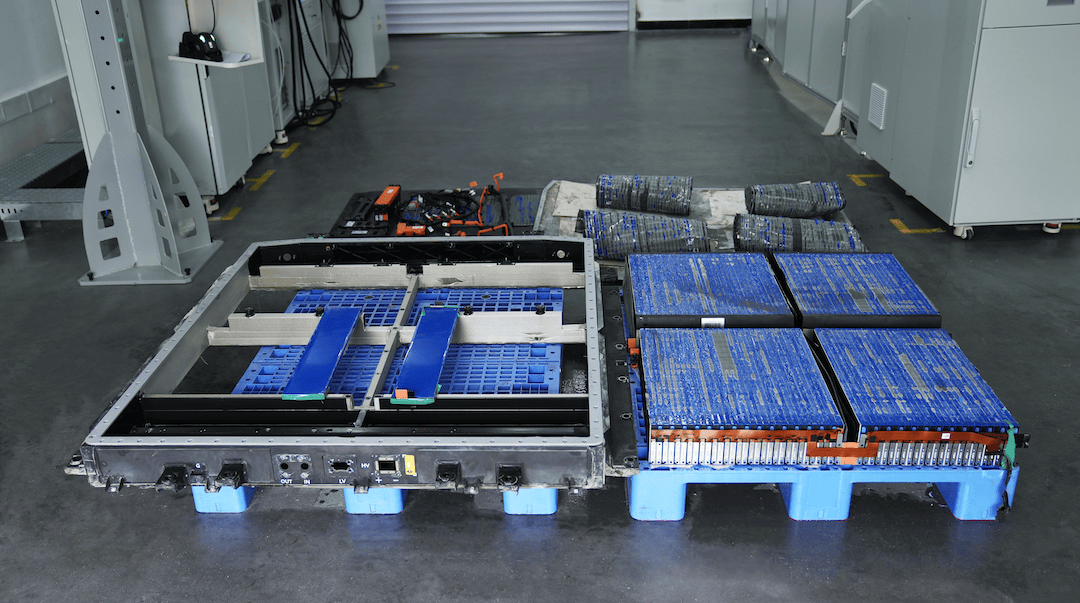
On July 29, Geely dismantled the battery pack of a Galaxy E5 endurance test vehicle with a verified mileage of over 300,000 kilometers in a live broadcast, and then conducted a health check on the Aegis Dagger battery pack that had undergone 921 charge and discharge cycles.

It is understood that the number of charging cycles is one of the most important factors affecting the battery health value. Taking the battery of the iPhone 15 series as an example, after completing 1,000 charging cycles, it can ideally maintain about 80% of the original capacity, and every 50 charging cycles will roughly affect the battery health by 1%.
The battery pack health test results of the Galaxy E5 endurance test vehicle show that after the vehicle has traveled 300,000 kilometers in high temperature, high cold, high humidity and other environments, the structure of its battery pack is still intact and well protected. After completing 921 complete charge and discharge endurance tests, the Aegis Dagger battery pack still has a health level of 90.5%.
The Aegis Short Blade battery is the latest generation of "blade-shaped" lithium iron phosphate battery independently developed and produced by Geely. The battery has achieved technological breakthroughs in safety, cycle life, fast charging capability and low-temperature discharge performance.
According to the official introduction, the Aegis Dagger battery has a cell cycle life of 3,500 times, which is equivalent to a mileage of more than 1 million kilometers. One generation of Aegis Dagger batteries can fully serve two generations of vehicles.
Geely Galaxy E5 is the first pure electric SUV equipped with Aegis Dagger batteries and was officially launched on August 3.
Industry insiders revealed that the battery packs currently used in similar products on the market generally have a capacity that decays to 80% after completing 500 charge and discharge cycles (approximately 250,000 kilometers of mileage), and their cycle life is lower than that of the Aegis Dagger battery pack.

It is reported that the short-blade battery is superior to the long-blade battery in terms of battery performance. The long-blade battery has a longer and unavoidable path for the transfer of ions and electrons from the positive and negative electrodes, and the internal resistance of the battery is much higher than that of the short-blade battery. The increase in internal resistance brings about a direct problem of increased heat generation in the battery cell, which leads to higher safety risks and performance degradation.
Therefore, the long-blade battery is far inferior to the short-blade battery in terms of safety, cycle life, fast charging capability and low-temperature discharge.